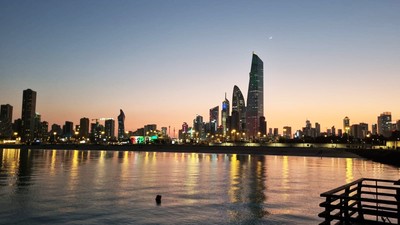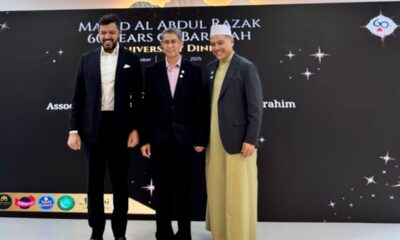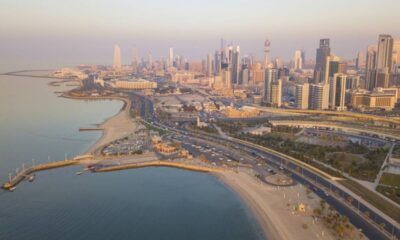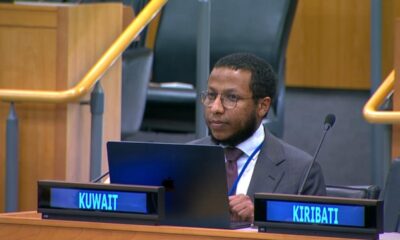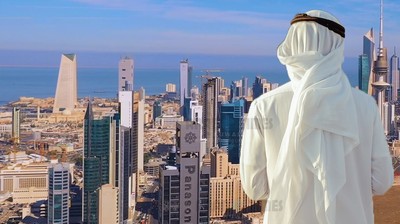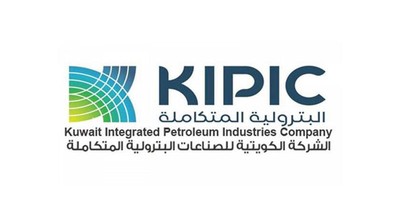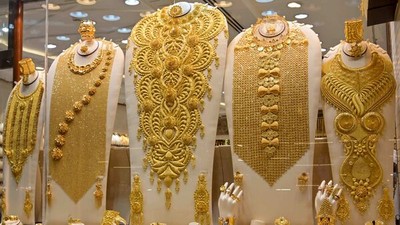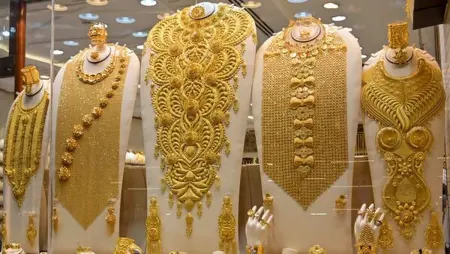KUWAIT CITY, Oct 7: Economists attributed strong global investor demand for Kuwait’s first sovereign bond issuance in eight years, worth USD 11.25 billion, to five main factors, led by exceptional financial strength and structural reforms. Speaking to KUNA, they said the issuance was more than just deficit financing; it signaled to markets that Kuwait is activating its new public debt law, prompting strong investor confidence and heavy oversubscription. Economic Society Secretary Mohammad Al-Jouan told KUNA the high demand stemmed from five key factors, led by Kuwait’s financial strength and its long absence from markets since its last issuance in 2017.
Other reasons, he said, include strong credit ratings, attractive pricing, and a political message from Kuwait’s return to debt markets, aimed at diversifying its investor base and reinforcing fiscal reform. Al-Jouan said Kuwait’s USD 11.25 billion sovereign bonds drew USD 28 billion in demand, with 2.5 times oversubscription, highlighting the country’s low public debt and large sovereign reserves managed by its investment bodies. He added investors viewed Kuwait as a rare safe haven among emerging markets due to its low debt-to-GDP ratio, vast reserves, and absence from debt markets since 2017, creating strong demand.
He noted that major agencies, Fitch, Standard & Poor’s, and Moody’s maintained Kuwait’s strong ratings with stable outlooks, reinforcing investor confidence and signaling low credit risk compared to regional peers. Kuwait’s bonds were priced just 40, 50 basis points over US Treasuries, Al-Jouan added, offering high-rated, low-risk exposure with yields more attractive than many American and European government bonds. The fifth factor, he said, was the issuance’s political message, not just funding the deficit but showcasing new debt law implementation and reinforcement of financial tools.
Dr. Yousef Al-Mutairi, finance professor at Kuwait University, told KUNA the sovereign issuance aimed to ease pressure on the General Reserve Fund and finance delayed development projects vital to GDP growth. He said the move helps Kuwait preserve sovereign wealth by investing reserve funds abroad with better returns than bond costs, avoiding excessive withdrawals that previously strained the fund. Al-Mutairi said bond-based deficit financing is widely used globally and easier to manage than reserve withdrawals, especially amid lower interest rates worldwide, reducing Kuwait’s debt servicing burden. The three-tranche bonds (three, five, and 10 years) aligned with lower global rates, allowing Kuwait to borrow at reduced costs and better support public finance and long-term investments.
He added the issuance helps withdraw excess liquidity from markets, reducing inflation and supporting the dinar’s purchasing power, ultimately stimulating market activity and economic growth. Former Islamic Development Bank Vice President Dr. Fouad Al- Omar told KUNA debt instruments like bonds help fund major development projects, engaging global banks and investors in Kuwait’s economic growth. He said past deficits were funded from the General Reserve, which is meant for emergencies like COVID- 19, while bonds and sukuk are more suitable for regular deficit and project financing.
Al-Omar stressed the need to direct funds toward high-return projects that boost national economic growth, adding the bond issuance helps develop a local debt market and financial sector. In early October, the Finance Ministry issued USD 11.25 billion in sovereign bond, marking Kuwait’s first return to global debt markets since 2017; across three tranches of 3, 5, and 10 years.
Acting Minister of Finance and Minister of State for Economic Affairs and Investment, Dr. Sabeeh Al-Mukhaizeem said strong demand and pricing reflect Kuwait’s credibility as a sovereign issuer and will deepen global investor partnerships in line with Vision 2035. The bonds were issued under Law 60 for the year 2025 on liquidity and financing, part of a broader reform package including new tax laws and private-sector-led housing and real estate legislation.(KUNA)

 Politics24 hours ago
Politics24 hours ago
 Politics21 hours ago
Politics21 hours ago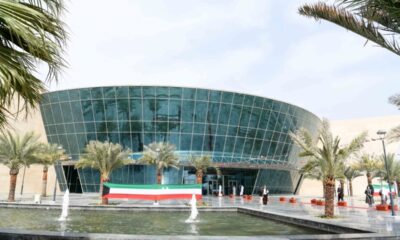
 Latest News23 hours ago
Latest News23 hours ago
 Politics23 hours ago
Politics23 hours ago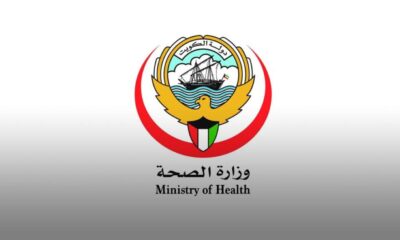
 Latest News22 hours ago
Latest News22 hours ago
 Politics11 hours ago
Politics11 hours ago
 Latest News9 hours ago
Latest News9 hours ago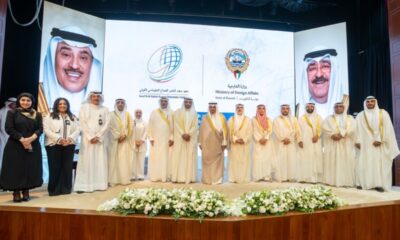
 Latest News18 hours ago
Latest News18 hours ago
